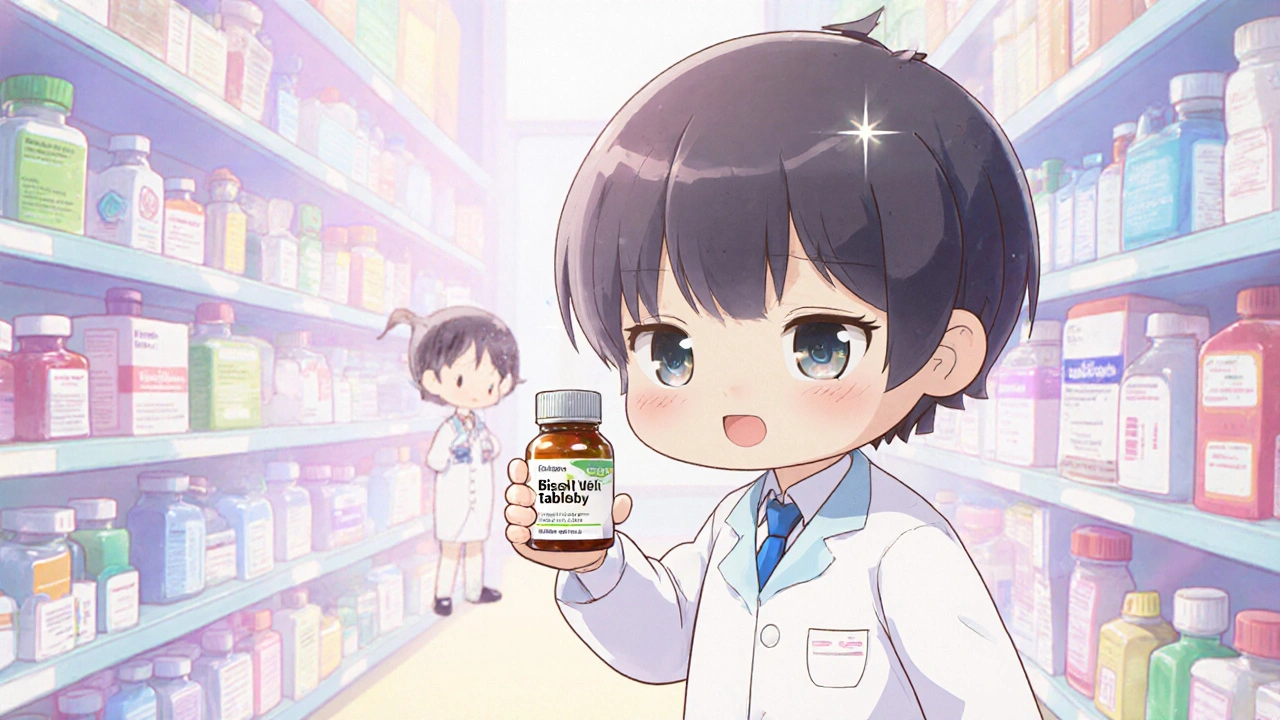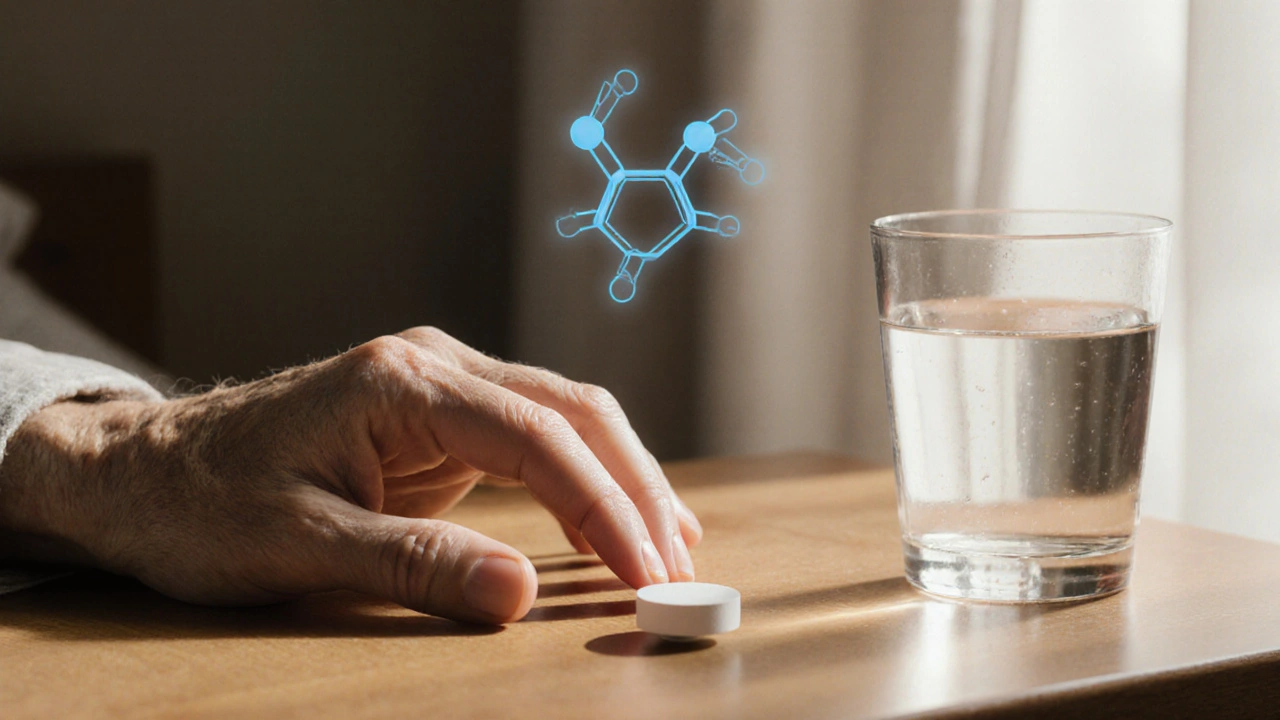How Bisacodyl Affects Digestive Health - Benefits, Risks & Tips
22 Oct, 2025Explore how bisacodyl works, its benefits for digestive health, risks, safe usage tips, and how it stacks up against other laxatives.
READ MORESide effects are the part of taking medicine nobody likes to talk about—yet they happen more often than you think. Some are mild and short-lived, others are serious and need quick action. This page gives clear steps to spot reactions, lower your risk, and respond fast when things go wrong.
Read the leaflet that comes with your medication and ask your pharmacist or doctor two simple questions: what common side effects should I expect, and which ones need immediate attention? Pay attention to timing—if a side effect shows up right after you start a new drug, that’s a clue. Keep a short list of your current medicines, herbs, and supplements so clinicians can check for interactions.
Some side effects are predictable. For example, many antibiotics can upset your stomach, and blood pressure drugs often cause dizziness when you stand up. Others are rare but serious—like allergic reactions with swelling or trouble breathing. If you have a past allergy to a drug class, tell every provider before they give you a prescription.
Take meds exactly as prescribed—wrong dose or timing raises risk. Use a single daily pill organizer or set phone alarms to avoid missed or doubled doses. Don’t mix alcohol with medicines unless your doctor says it’s safe. Ask about food interactions too; grapefruit, for example, changes how some drugs break down.
Start new medicines when you can monitor how you feel. If possible, avoid starting multiple new drugs at once. That makes it easier to tell which one is causing trouble. For chronic meds, schedule a follow-up after the first two to four weeks—many side effects either settle or need a tweak at that point.
Watch for dangerous signs: difficulty breathing, chest pain, severe rash, sudden swelling, fainting, or very high fever. Those require immediate medical help. Less urgent but still important symptoms—like persistent nausea, mood changes, or new muscle pain—are worth reporting so your prescriber can adjust treatment.
If you’re worried a medicine caused a problem, stop only if your doctor told you to. Stopping painkillers or blood thinners suddenly can be risky. Call your healthcare team, explain the timing and symptoms, and ask if you should pause the drug or switch to an alternative.
Record what happens. Short notes with dates, symptom details, and any other drugs you took make follow-up care faster and safer. You can also report side effects to your country’s medicines regulator—this helps improve safety for everyone.
Need tailored advice? Use the search box on HoneyBeeHealth.com to find articles on specific drugs, side effects, and safer alternatives. If a reaction feels severe, call emergency services. If it’s unclear, contact your prescriber or local pharmacist right away—quick, simple steps often prevent bigger problems.

Explore how bisacodyl works, its benefits for digestive health, risks, safe usage tips, and how it stacks up against other laxatives.
READ MORE
An in‑depth look at Roxithromycin compared with azithromycin, clarithromycin, erythromycin and doxycycline, covering uses, dosing, side effects, cost and when each drug is best.
READ MORE
As a blogger, I understand that managing Naltrexone side effects and withdrawal symptoms can be challenging. In my experience, it's essential to consult with a medical professional to develop a personalized plan. It's crucial to stay hydrated, maintain a healthy diet, and practice relaxation techniques to alleviate symptoms. Additionally, consider seeking support from family, friends, or support groups to cope with the withdrawal process. Remember, it's important to be patient and give your body time to adjust to the changes.
READ MORE